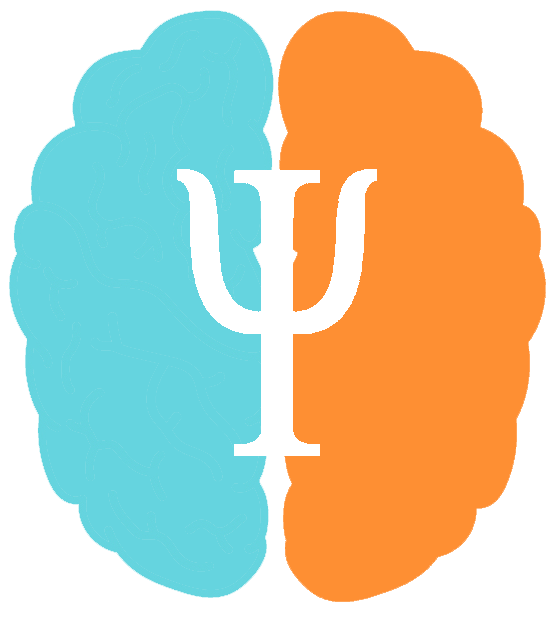Diagnosis
In general, a child shouldn’t receive a diagnosis of attention-deficit/hyperactivity disorder unless the core symptoms of ADHD start early in life — before age 12 — and create significant problems at home and at school on an ongoing basis.
There’s no specific test for ADHD, but making a diagnosis will likely include:
- Medical exam, to help rule out other possible causes of symptoms
- Information gathering, such as any current medical issues, personal and family medical history, and school records
- Interviews or questionnaires for family members, your child’s teachers or other people who know your child well, such as caregivers, babysitters and coaches
- ADHD criteria from the Diagnostic and Statistical Manual of Mental Disorders DSM-5, published by the American Psychiatric Association
- ADHD rating scales to help collect and evaluate information about your child

Treatment
Standard treatments for ADHD in children include medications, behavior therapy, counseling and education services. These treatments can relieve many of the symptoms of ADHD, but they don’t cure it.
Stimulant medications
Currently, stimulant drugs (psychostimulants) are the most commonly prescribed medications for ADHD. Stimulants appear to boost and balance levels of brain chemicals called neurotransmitters. These medications help improve the signs and symptoms of inattention and hyperactivity
Other Medications
Other medications that may be effective in treating ADHD include:
- Atomoxetine (Strattera)
- Antidepressants such as bupropion (Wellbutrin SR, Wellbutrin XL, others)
- Guanfacine (Intuniv)
- Clonidine (Catapres, Kapvay)
Atomoxetine and antidepressants work slower than stimulants do and may take several weeks before they take full effect. These may be good options if your child can’t take stimulants because of health problems or if stimulants cause severe side effects
